Resource Center
Expert insights, accessibility tips, and more updates from Next Day Access to help you stay informed and empowered.
Sort By
Type
Categories
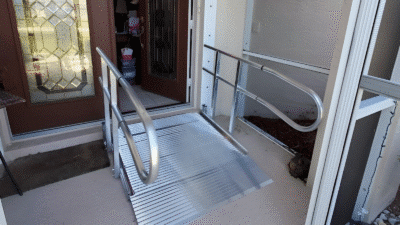
Technology
Short-Term Accessibility Rentals for Your Home

Franchise
Next Day Access Austin, TX: New Franchise Location

Aging in Place
Are Walk-In Tubs Worth the Investment? A Complete Guide to Their Benefits
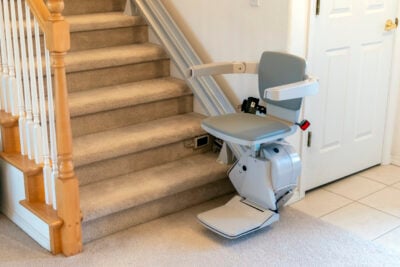
Uncategorized
Why Should You Buy Accessibility Equipment Locally?
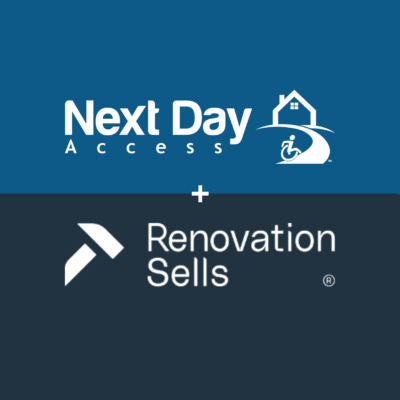
News
Next Day Access Announces Collaboration with Renovation Sells
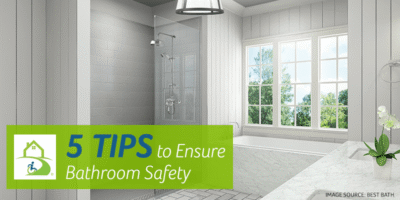
Bathroom Safety
Ensuring Bathroom Safety for Seniors
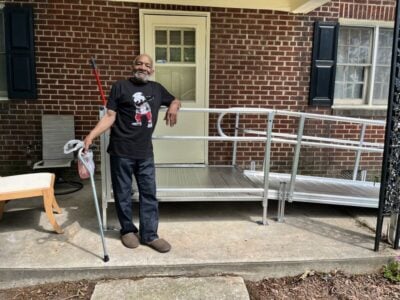
Aging in Place
Top Adaptive Home Modifications To Keep Veterans Safe at Home

Franchise
Next Day Access Central Illinois: New Franchise Location

Uncategorized
Affordable Ways to Age in Place – Home Accessibility Financing Options

Uncategorized
5 Mistakes to Avoid When Choosing Home Modification Accessibility Solutions
Find the Right Accessibility Solution Fast
Reach out to a location near you today for a custom quote!
Contact Next Day Access today for reliable mobility solutions backed by responsive, expert installation. Enter your ZIP code or postal code to find a location near you and take the first step toward a safer, more accessible space.
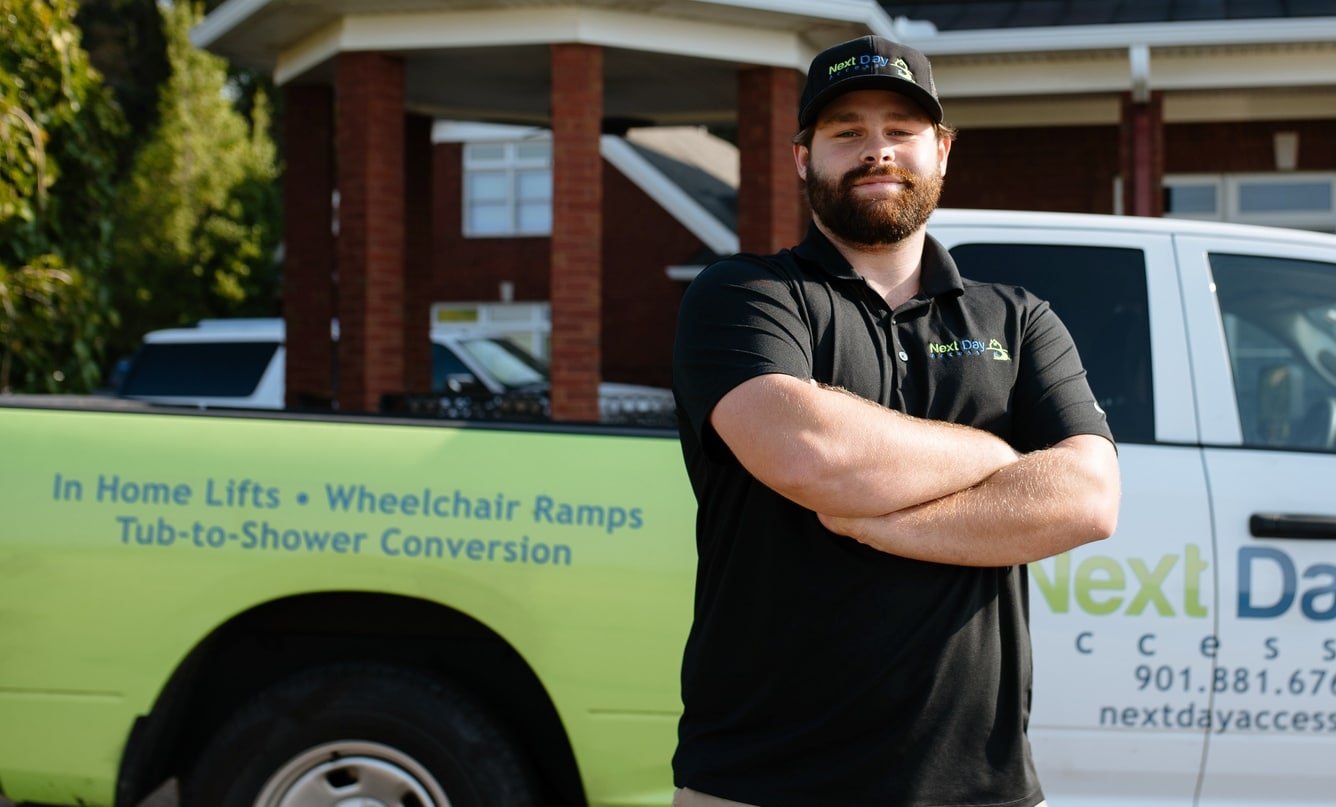
Find the Right Accessibility Solution Fast
Reach out to a location near you today for a custom quote!
Contact Next Day Access today for reliable mobility solutions backed by responsive, expert installation. Enter your ZIP code or postal code to find a location near you and take the first step toward a safer, more accessible space.

